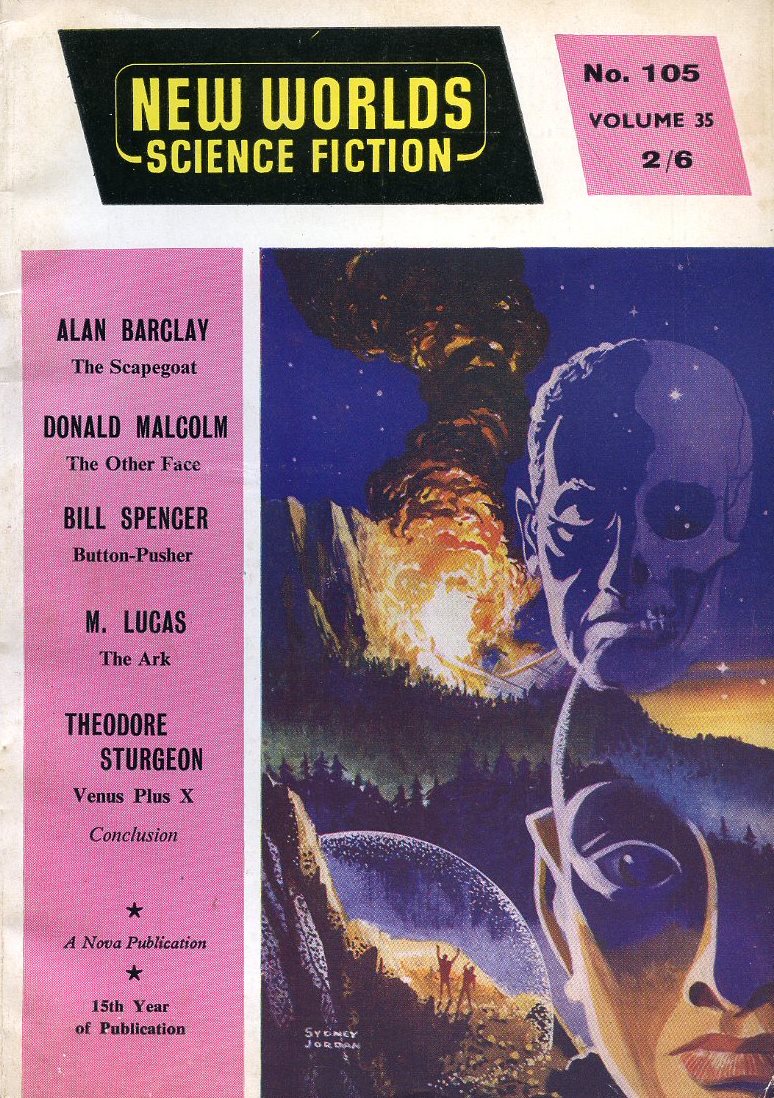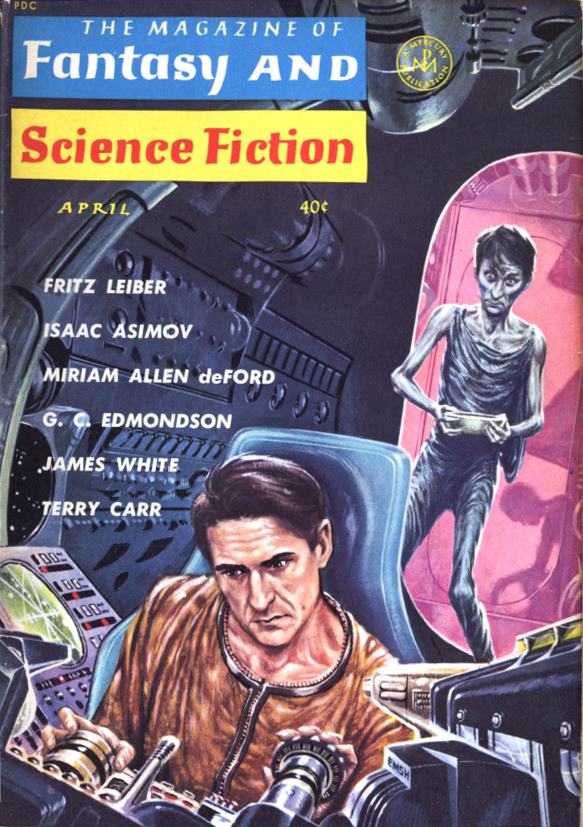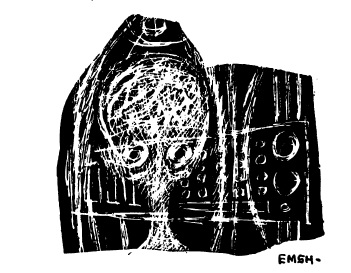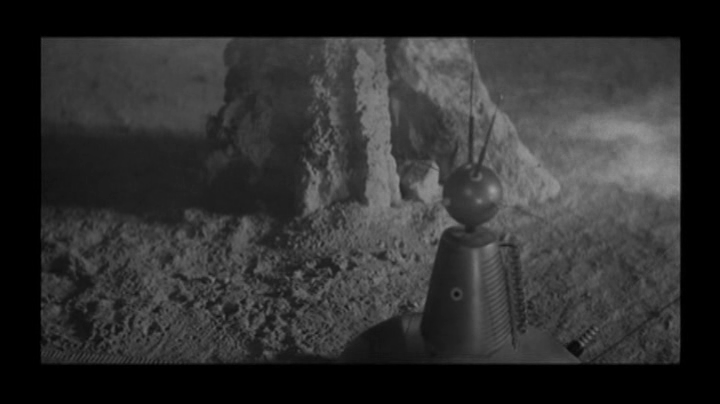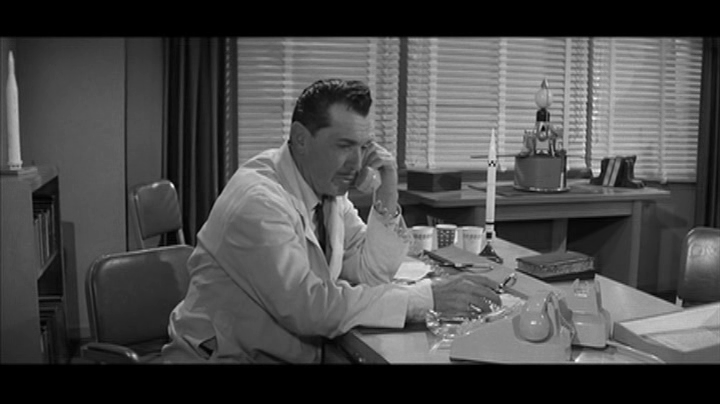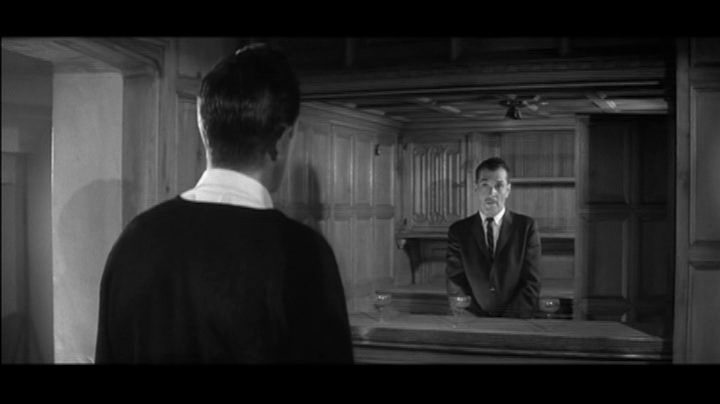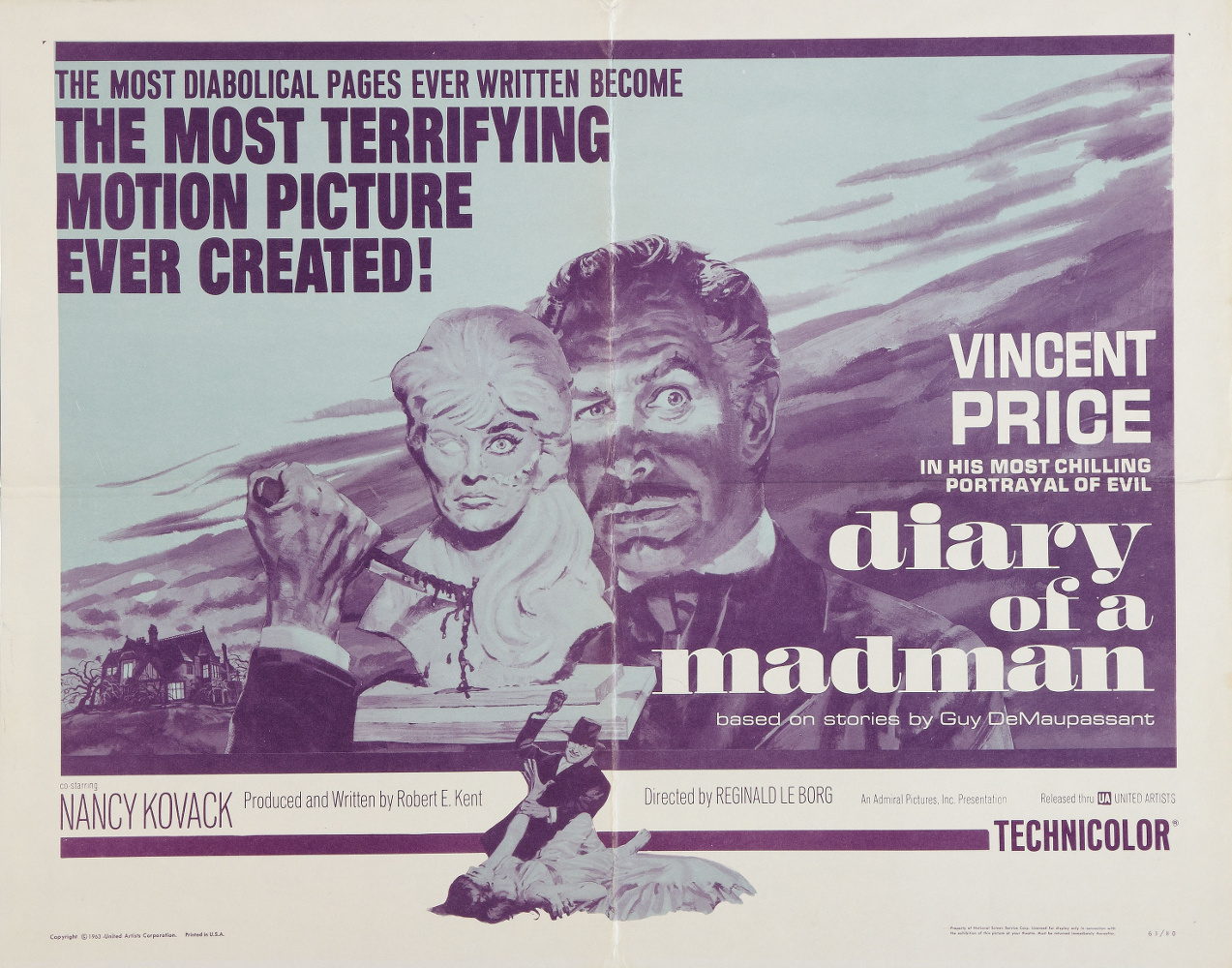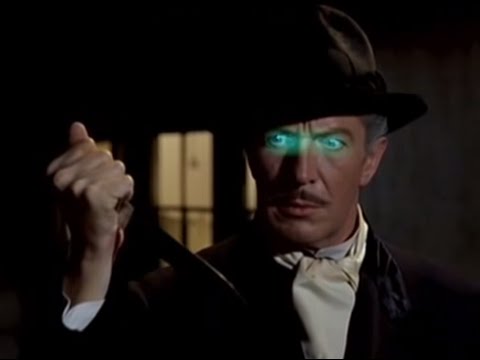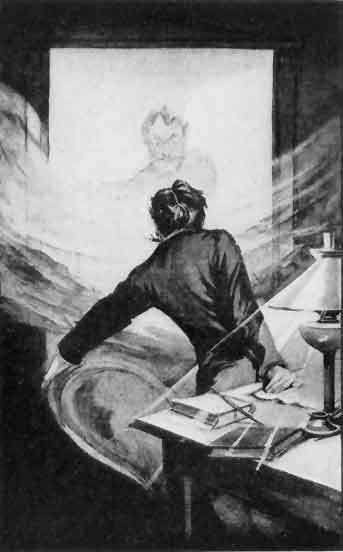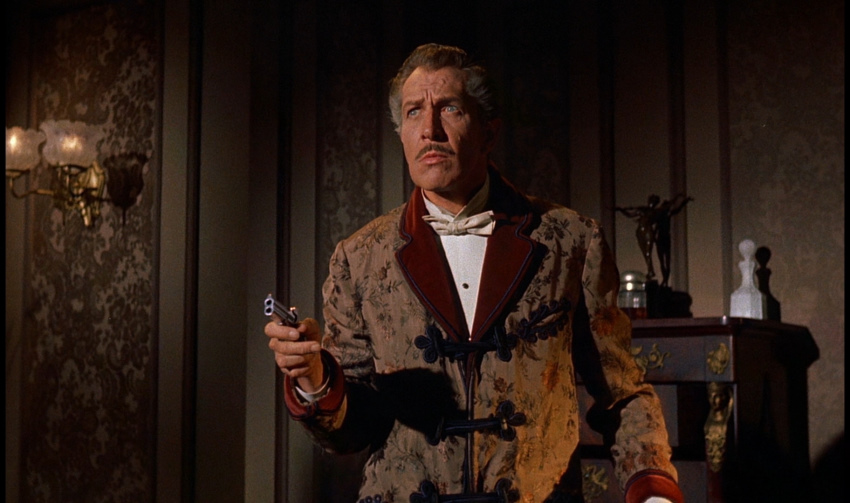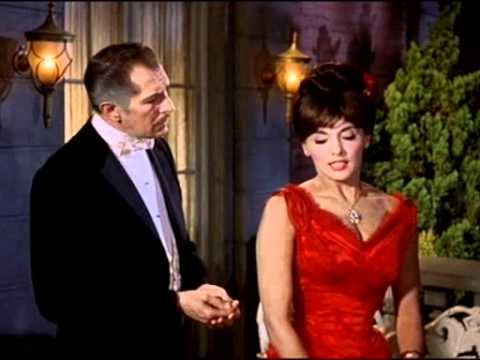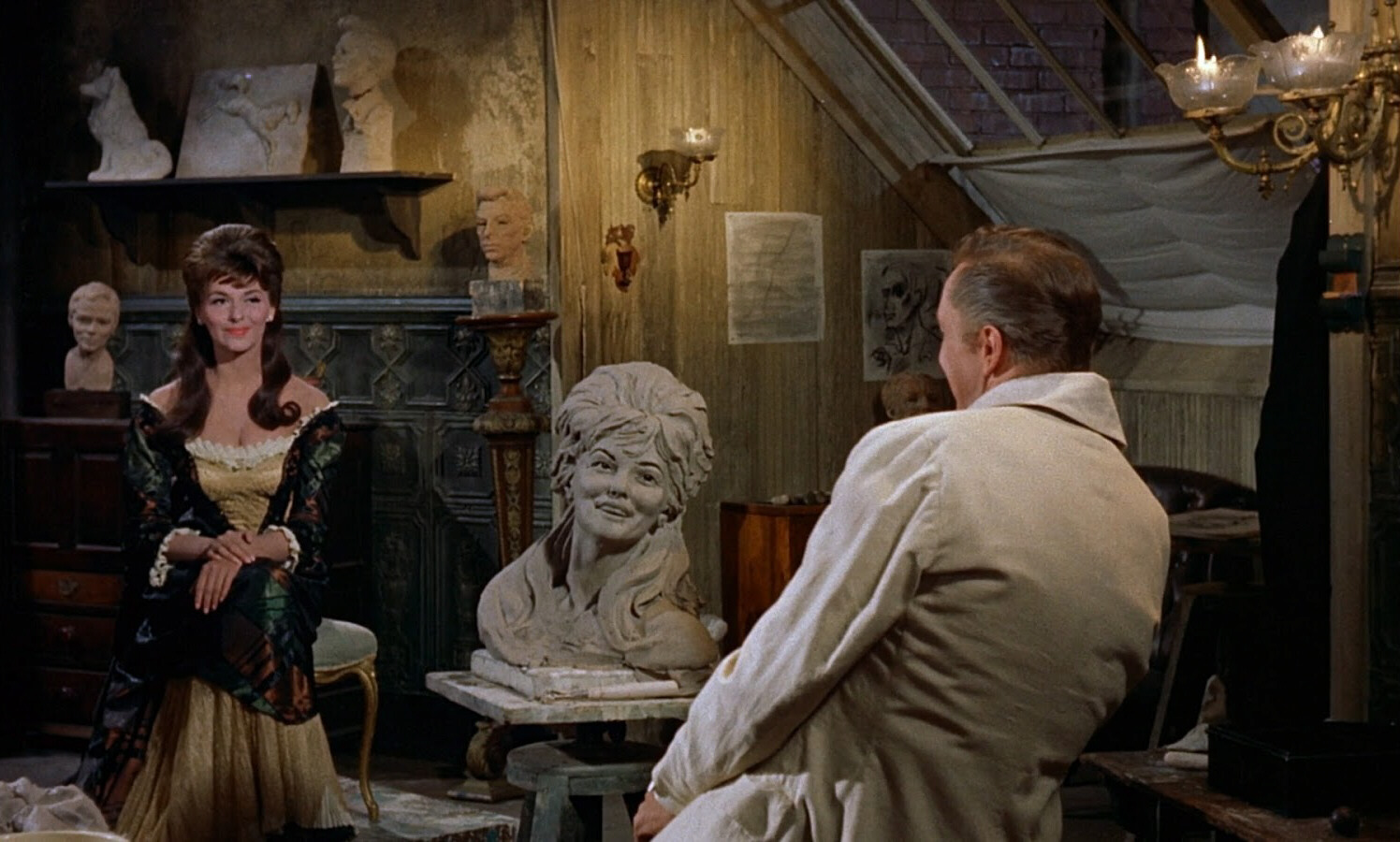
by Victoria Silverwolf
Those of us who are book addicts like to keep track of what's going on in the literary world. One way to do this is to turn to the New York Times best seller list. Unfortunately, strikers shut down the city's newspapers in December, preventing us from getting our weekly fix.

We can now breathe a sigh of relief. The strike is settling down. The list, which was unavailable from the middle of December until the beginning of March, has returned. The near-future thriller Seven Days in May by Fletcher Knebel and Charles W. Bailey II, which ended the truncated year at the top of the list, kept that position at the start of this month.
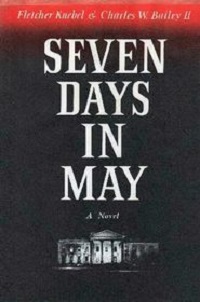
It was encouraging to see a science fiction novel (even if it wasn't labeled as such) reach number one. (It has since been replaced by a slim volume containing J. D. Salinger's two novellas Raise High the Roof Beam, Carpenters and Seymour: An Introduction. They may not be SF, but they're definitely worth reading.)

The Mona Lisa returned to the Louvre this month. No doubt the French missed their great art treasure as much as New Yorkers did their newspapers.
A less welcome return, as least to my taste, was the Four Seasons to the top of the music charts with their third number one hit, Walk Like a Man.
Fittingly, the latest issue of Fantastic features the return of many names closely associated with the magazine, as well as authors returning to universes they created.

Some Fabulous Yonder, by Philip José Farmer

Frank Bruno's cover art depicts one of the bizarre creatures encountered in this space adventure. The author revisits the setting of his tales about criminal-turned-priest John Carmody, which have appeared in The Magazine of Fantasy and Science Fiction in recent years. Carmody is mentioned in passing in this story, but does not take an active role in the plot. Instead, the protagonist is the government agent who pursued him. In this story, he turns his attention to another master criminal, a pirate who steals a starship, killing everyone aboard. His intent is to invade a planet thought to be impossible to conquer. The story begins as a hardboiled detective yarn, but soon becomes much stranger when the secrets of the planet emerge. The breakneck pace of this story may leave the reader breathless, even if the plot twists seem arbitrary. It all leads up to a scene revealing the immensity of time and space. This wild ride is never boring, at least. Three stars.
The Malatesta Collection, by Roger Zelazny

A young author who has already appeared in the pages of editor Cele Goldsmith's magazines several times returns with a tale set long after an atomic war. The new civilization that rises from the ashes is a prim and proper one. This causes a problem when scholars discover an ancient fallout shelter filled with erotic literature. The ensuing conflict leads to a symbolic gesture by a rebellious artist. This is an intriguing story, which can be seen as an allegory about censorship. Four stars.
A Fate Worse Than . . ., by Robert H. Rohrer

Another new writer familiar to readers of Amazing and Fantastic, although not as prolific, returns with a very different post-atomic story. It seems that Satanists dug themselves into the Earth in search of Hell, and thus were the only survivors of a nuclear war. The result is a society in which church services are black masses. The protagonist is a fellow who secretly summons an angel, the way a magician might summon a demon in our world. This interesting premise, which could have led to enjoyable satire, is wasted on a familiar story of being careful what you wish for. Two stars.
The Casket-Demon, by Fritz Leiber

One of the great names in fantastic fiction returns to the magazine that restarted his career with an unusual tale of magic and the movies. A glamorous film star literally fades away, due to lack of publicity. Weighing only a few pounds, and so attenuated that she becomes translucent, she turns to an ancient family curse. By releasing a malevolent creature from inside a small box, she hopes to return to the headlines, even though she knows the price will be a very high one. This offbeat story combines horror, satire, and whimsical fantasy into a tasty stew. Four stars.
Survival Packages, by David R. Bunch

A writer that some readers love to hate also returns in this issue. He revisits Moderan, his dystopic future where survivors of an atomic holocaust have bodies that are mostly metal. They live in fortresses and make endless war on each other. Into this terrible world come time capsules, buried long ago and forgotten, brought from underground by robots. Their contents are disturbing. The author's style is not as eccentric as usual in this story, and it carries a powerful impact. Four stars.
A Thing of Terrible Beauty, by Harrison Denmark

Rumor has it that this unknown name is actually a disguise for Roger Zelazny, making his second appearance in the issue. The style certainly seems like his. In any case, the narrator is an immaterial alien mind that inhabits the brain of a drama critic. The man becomes aware of his uninvited visitor. The alien makes an unexpected revelation. This is an effective mood piece, if more of an anecdote than a fully developed story. Three stars.
Rain Magic, by Erle Stanley Gardner

The famous creator of Perry Mason returns with the third of his old pulp stories to be reprinted as so-called fantasy classics. This fast-paced adventure story first appeared in the October 20, 1928 issue of Argosy.
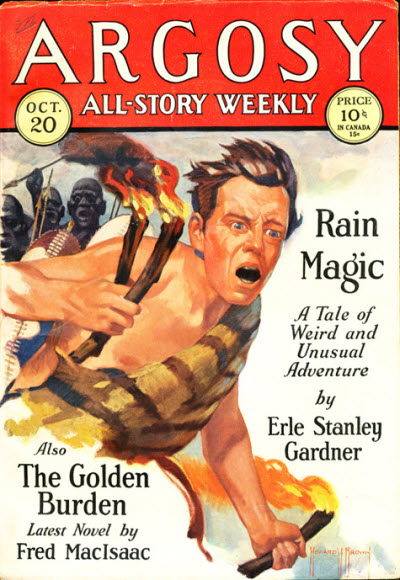
An old man, passed out in the desert, relates his weird experiences in Africa. After a shipwreck, he abandons his vessel and is taken in by the local inhabitants. Among the many dangers he faces are bloodsucking bats, a hostile monkey-man, warring tribes, and man-eating ants. The action never lets up for a second. An interesting preface by the author states that the story is based on what he was told by an elderly fellow he met in the desert. Whatever the truth of this may be, the reader is never bored. (As in any pulp yarn from the time, there's an unpleasant trace of racism. The narrator mentions the superiority of the white race, but at least he's somewhat skeptical about it. He also falls in love with an African woman, which would still raise some eyebrows in this segregated nation of ours. The story is much less offensive than many others of its kind.) Three stars.
Possible to Rue, by Piers Anthony

Finishing the issue is this light comedy, the author's first published work. A wealthy man offers to buy his son a pet of any kind. The boy requests a flying horse, then a unicorn. The man goes to the encyclopedia to prove they do not exist. When he asks for mundane animals, the unexpected happens. This is a clever little bagatelle, likely to amuse. Three stars.

If the magazine continues to offer stories of good quality, I'll be sure to return to it many times.
[Speaking of returns, don't miss the next article, about the newest harvest of scientific discoveries from our satellites!]






